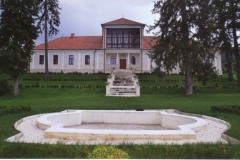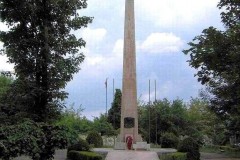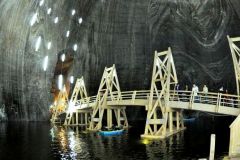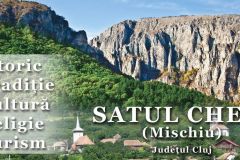Tourist spots
1. Mihai Viteazu commune
- Reformed Church (1674) - Mihai Viteazu locality - historical monument
- The Catholic Church - is over 150 years old
- Unitarian Church (18th century)
- Wolf Palace, currently the Cultural Center in the village of Mihai Viteazu
- The tomb of Mihai Viteazu - here was buried the body of Mihai Viteazul, the head was taken to Dealu Monastery near Targoviste, the former capital of Wallachia
- The Catholic and Orthodox Church from the villages of Cornesti and Cheia
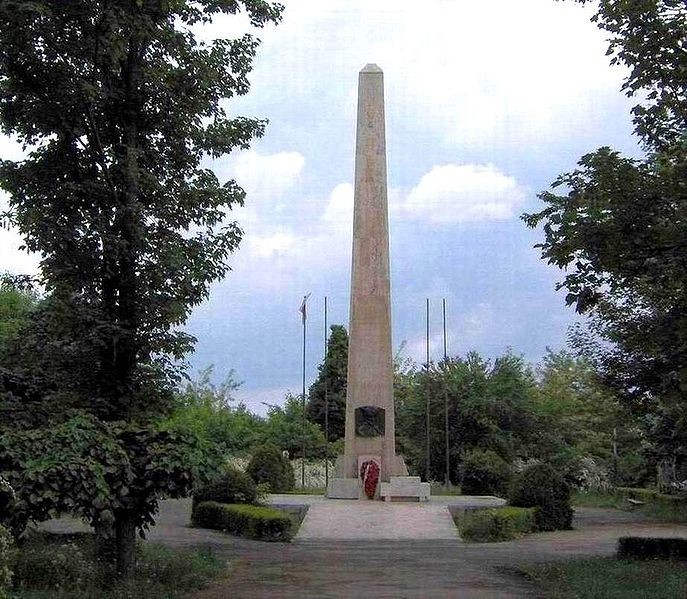
2. Rimetea Monastery
It is located in the Trascaului depression, an intramontane depression typical of our country, at 100 m to the left of the Turda-Aiud road.
7 km north of the monastery passes the Turda-Campeni road. It is located 27 km north of Aiud and 20 km southeast of Turda, access being easy on the two paved roads.
3. RIMETEA locality
- Cetate & amp; Medieval era - Piatra Secuiului
- Fortification & amp; Lat?ne, cultura ghetto - dacica

4. Petrestii de Jos Commune
- Old Petride Monastery.
- The new Petride Monastery, dedicated to the "Change in the Face" (founded in 1998-2000). Orthodox monastery of monks.
- The Unitarian Church, from 1570.
- The wooden church ?St. Archangels Michael and Gabriel ?(1842-1846) from the village of Livada.

5. Petrestii de Sus
- Prehistoric mounds from the point "Church Hill".
- The prehistoric fortified settlement from the point ?La Biserica?.
- The archeological site from the point ?La Padure? (Bronze Age).
- The archeological site from the point ?Terrace next to the school and the parish house?.
- The Roman settlement (II-III centuries AD) from the points of ?Cerna?, ?Caramida? and ?Pietrosul?.

6. Salina Turda
Today, the Turda Salt Mine is a real museum of the history of salt mining.
The excellent state of preservation of the mining works and of the equipment used for salt transport, together with the care with which the preparation works of the salt mine were carried out to become a tourist objective, made history and legend intertwine harmoniously here.
The growing number of tourists, arriving from the most distant geographical areas to visit the salt mine are a confirmation of the tourist and historical value.

7. Coltesti Fortress
Coltesti Fortress is located west of Coltesti village and about 5 km southwest of Rimetea commune, Alba county, was built around 1296 by the sub-voivode Thoroczkay from Coltesti, as a habitable fortress and refuge fortress.It was deliberately built on the steep top of a limestone cliff, following the Tatar (Mongol) invasion in 1241, when significant damage was caused to the localities of Rimetea and Coltesti. On the northern tower, about 20 m high, there is an inscription that mentions that the Thoroczkay family built the castle in the 13th century.

8. Cheia Village
- The Unitarian Church, from the 18th century (1783), renovated in 1931. The church is inscribed on the List of Historical Monuments of Cluj County (2004).
- The wooden church in Cheia
- The lake formed on gypsum (type of lake extremely rare in Romania).

9. Moldovenesti Commune
- Jósika Castle, inscribed on the List of Historical Monuments of Cluj County (2004).
- The fortress from Moldovenesti commune, Cluj county (also known - improperly - as ?Cetatea Turzii?) is one of the oldest fortified arrangements in medieval Transylvania (XI-XIII centuries). The fortress was built on the site of an old Roman camp for the defense of the gold transport road exploited in the Apuseni Mountains.
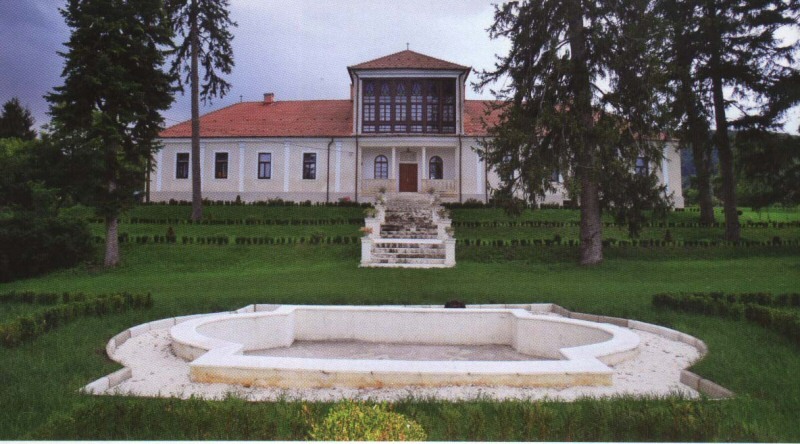
10. Buru locality
- On the right side of the Aries, upstream, tourists still use the old "Romanian Road".
- The wooden church. From the data that have been found, the year 1482 is specified, as the year in which the parish exists, with the church built, which means that both the village and the Orthodox parish are much older. The current wooden church dates from 1860.



